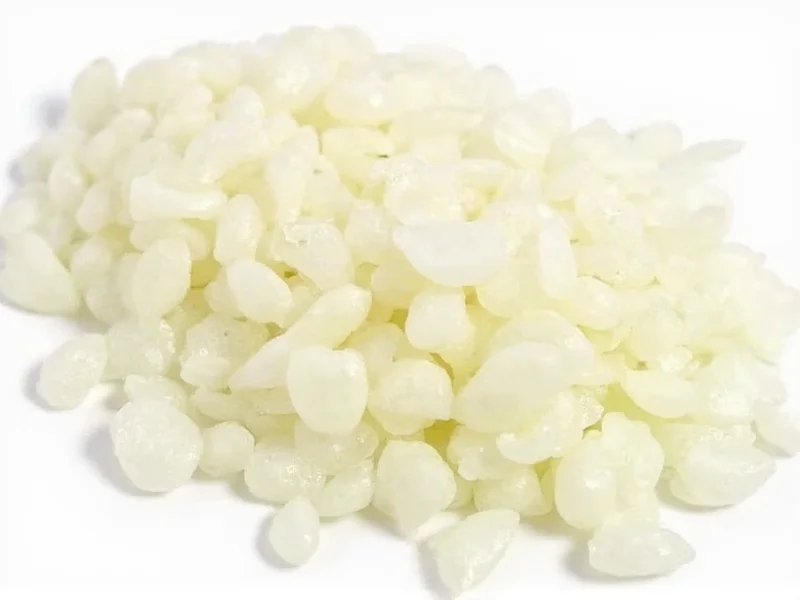When you're in the middle of cooking and realize you're out of fresh onions, knowing the proper granulated onion to fresh onion conversion can save your recipe. This precise measurement guide gives you the exact equivalents you need for successful substitutions in any dish.
Understanding Onion Forms and Their Equivalents
Fresh onions and dried onion products aren't directly interchangeable by volume alone. The dehydration process concentrates flavors while removing moisture, creating a significant difference in potency. Granulated onion, made from dehydrated onions ground to a coarse consistency, offers convenience but requires careful measurement to avoid overpowering your dish.
Unlike onion powder (which is finely ground), granulated onion has a coarser texture that dissolves more slowly in cooking, making it better suited for certain applications like rubs, soups, and stews where gradual flavor release is beneficial.
Precise Granulated Onion Conversion Chart
| Fresh Onion Size | Granulated Onion Equivalent | Onion Powder Equivalent |
|---|---|---|
| Small (1/2 cup chopped) | 1 tablespoon | 1 teaspoon |
| Medium (1 cup chopped) | 1–1.5 tablespoons | 1.5 teaspoons |
| Large (1.5 cups chopped) | 2 tablespoons | 1 tablespoon |
| Extra Large (2 cups chopped) | 2.5 tablespoons | 1.5 tablespoons |
When to Substitute Granulated Onion for Fresh
Understanding when to use granulated onion instead of fresh makes a significant difference in your cooking results. The most successful substitutions occur in:
- Slow-cooked dishes like stews, soups, and braises where the granules have time to rehydrate and distribute flavor evenly
- Dry rubs for meats where fresh onion moisture would prevent proper adhesion
- Seasoning blends and spice mixes requiring consistent texture
- Baked goods where fresh onion moisture would alter the recipe's liquid balance
Avoid substituting granulated onion in recipes where fresh onion's crisp texture is essential, such as salads, salsas, or garnishes. The conversion ratio for how much granulated onion equals one onion works best in cooked applications where texture matters less than flavor contribution.
Flavor Considerations and Adjustments
Granulated onion delivers a more concentrated, slightly sweeter flavor profile compared to fresh onions. When substituting, consider these adjustments:
- Start with 75% of the recommended amount and taste before adding more
- Add liquid (1–2 teaspoons per tablespoon of granulated onion) to compensate for missing moisture
- For recipes requiring caramelization, add a pinch of sugar to mimic the natural sugars in fresh onions
- Combine with a small amount of onion powder for more complex flavor in critical applications
Professional chefs often use a combination approach when substituting dried for fresh onions, blending granulated onion with a touch of onion powder to achieve both immediate and sustained flavor release in dishes.
Practical Cooking Tips for Onion Substitutions
Mastering the art of substituting granulated onion for fresh requires understanding these practical techniques:
- Rehydration method: For dishes with minimal liquid, mix granulated onion with 2 parts water before adding to your recipe
- Layering technique: Add half the granulated onion at the beginning of cooking and the remainder near the end for balanced flavor
- Acid balance: Counteract the slightly sweeter profile of dried onions with a splash of vinegar or citrus juice
- Heat management: Add granulated onion later in the cooking process than fresh to prevent bitterness from prolonged heat exposure
When following recipes that call for specific onion varieties, remember that the granulated onion to fresh onion conversion remains consistent regardless of type, though flavor intensity may vary slightly between yellow, white, and red onion products.
Storage and Shelf Life Considerations
Proper storage maintains the potency of your granulated onion, ensuring accurate conversions over time. Store in an airtight container away from light and moisture. Properly stored, granulated onion maintains peak flavor for 12–18 months, compared to fresh onions which last 1–3 months depending on variety and storage conditions.
As granulated onion ages, its potency decreases. For older products, you may need to increase the amount by 25% to achieve the equivalent flavor of fresh onions. Always check the aroma before using older dried products—a weak scent indicates reduced potency requiring adjustment in your how much granulated onion equals one onion calculation.
Common Mistakes to Avoid
Chefs frequently make these errors when substituting granulated onion for fresh:
- Using equal volumes without accounting for concentration differences
- Adding granulated onion too early in high-heat cooking, causing bitterness
- Not compensating for the missing moisture content in recipes
- Confusing granulated onion with onion powder in conversion calculations
- Using old or stale granulated products without adjusting quantities
Remember that the precise conversion of how many tablespoons of granulated onion equals one onion varies slightly based on brand, freshness, and specific recipe requirements. Always taste and adjust as you cook for best results.











 浙公网安备
33010002000092号
浙公网安备
33010002000092号 浙B2-20120091-4
浙B2-20120091-4